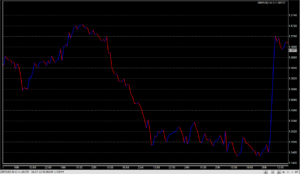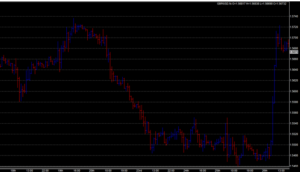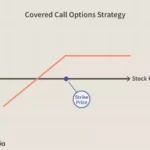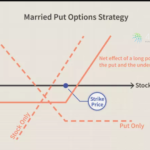What Drives The Forex Market
Carry, what is it and what does it Do? “Carry” refers to the difference in interest rates between the two currencies in a currencypair, and is one of the major drivers in the foreign exchange market. Carry can be likened to adividend, paid by a stock, but with two key differences. First, carry is paid […]
Carry, what is it and what does it Do?
“Carry” refers to the difference in interest rates between the two currencies in a currency
pair, and is one of the major drivers in the foreign exchange market. Carry can be likened to a
dividend, paid by a stock, but with two key differences. First, carry is paid daily, and second,
carry can be negative – which means carry can actually cost you money, as well as make you
money. Currently (and usually) commodity currencies like AUD and NZD have the highest
interest rates, while funding currencies, like USD and JPY have the lowest. Therefore, buying
AUD against USD and JPY yields a trader a positive carry, whereas selling AUD using USD and
JPY yields a negative carry.
Why do we Care about Carry?
There are three major reasons why traders should care about carry. The first is that it adds
up. While the amount of money added or subtracted from your account is generally small,
holding a position with negative carry for a long period of time will eat into your profits, and
must be taken into account when determining your trading plan.
The second reason traders care about carry is because carry helps determine the overall
direction of the market. There are cases where the opposite is true, but on average, it indeed
does dictate price action. When traders want to buy riskier assets they buy currencies with
higher carry, meaning AUD benefits in a risk-on atmosphere, while USD and JPY suffer. The
reverse is also true.
Thirdly, interest rates, like dividends dictate if a currency is going to perform well or not. A
higher interest rate bodes well for currency performance because a higher carry makes the
currency more desirable to traders.
What Drives the Forex Market?
Speculation/Expectation
If a market speculator thinks that one central
bank will be more aggressive in raising rates
than another central bank, the speculator will
buy the currency of the more aggressive
central bank relative to another in anticipation
of a change in the key overnight interest rate.
For example, if traders start anticipating that
the Reserve Bank of Australia will raise their
interest rates, the AUD/USD will start rallying,
as will pairs like AUD/NZD – as long as the
Reserve Bank of New Zealand is not expected
to match the rate increase.
A good gauge of expectations are the BBA
Libor (British Bankers Association, London
Interbank Offered Rate), which is an average
of interest rates outlooks by leading banks
with durations ranging from intraday to yearly
outlooks.
Another great gauge of expectations is the
Credit Suisse overnight index swaps (OIS),
which provide a percentage chance of a rate
cut by central banks. For reference purposes,
it is the difference between the LIBOR and OIS
which allows participants to measure
sentiment along with liquidity in the market
place.
Sentiment
This is one area that is not often
talked about but very important to
understand. Investors will
completely ignore carry and interest
rates when market sentiment turns
bearish.
One thing that people carry about
more than carry trade is safety.
Some examples of fear being
injected into the market include
contagion (the spread of the
European debt crisis), natural
disasters, terrorism, or the collapse
of major banks, as was seen in 2008.
When investors become fearful, they
seek safety. Safety is found in low
yielding currencies such as the U.S.
dollar, also known as the greenback,
and these low yielding investments
become the preferred choice of
investors.
All in all, interest rate expectations are essential to understanding not only the carry trade,
but also understanding how price action is affected by speculation and/or sentiment. It is
worth noting, however that while EUR/USD is the most popular pair to trade, currencies such
as the Australian dollar are more attractive due to their interest rate appeal.









